From Jalapeños to Smoky Mole: Exploring the Spicy Soul of Oaxaca, Mexico
Oaxaca. Say that name out loud and let it roll off your tongue like a warm tortilla filled with melted cheese and fiery chilies. Nestled in the southern part of Mexico, Oaxaca is not just a region — it’s a flavor-packed wonderland for spice lovers and culinary explorers alike.
In this article, we’ll take you on a spicy journey through Oaxaca’s rich spice traditions, from its iconic mole sauces to its love affair with native chilies. Whether you’re a professional chef looking for new inspiration or an amateur cook eager to spice up your Sunday dinner, this guide will give you a taste of what makes Oaxaca one of the most exciting regions in the Global Spice Traditions map.
Table of Contents
- Why Oaxaca Is the Spice Capital of Mexico
- Top 5 Spices & Ingredients You Can’t Miss in Oaxaca
- The Holy Trinity: Chilies of Oaxaca
- Mole: The Symphony of Spices
- Oaxacan Cooking Techniques That Bring Out the Best in Spices
- Spice-Infused Sips: Oaxacan Drinks with a Kick
- Pro Tips: Bringing Oaxacan Flavor Into Your Kitchen
Why Oaxaca Is the Spice Capital of Mexico
Oaxaca isn’t just known for its colorful colonial architecture, vibrant markets, or Zapotec ruins. It’s also widely recognized as the heart of Mexican cuisine, especially when it comes to spices. With over 500 varieties of corn, dozens of native chili peppers, and ancient spice techniques passed down through generations, Oaxaca is a UNESCO-recognized epicurean paradise.
What sets Oaxaca apart? Its unique blend of indigenous traditions, biodiversity, and deep-rooted culinary customs make it a hotbed (literally!) for spice innovation. From street tacos grilled on open flames to complex moles simmered for hours, Oaxaca turns simple ingredients into something magical — and often quite spicy!
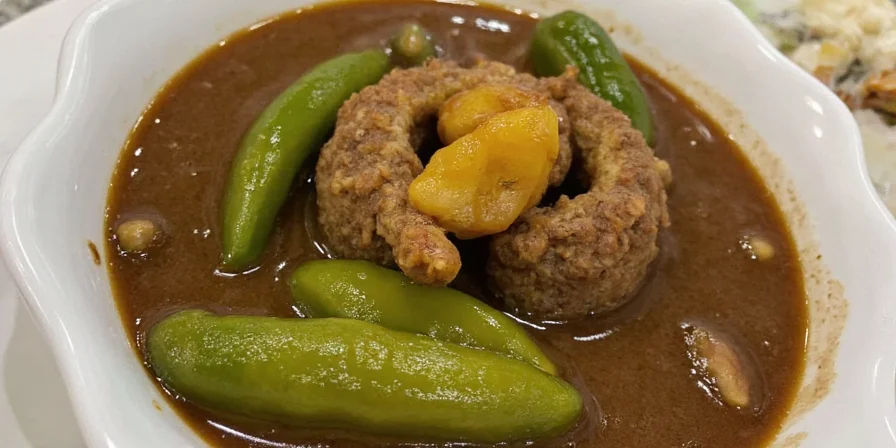
Top 5 Spices & Ingredients You Can’t Miss in Oaxaca
If you're exploring Oaxacan cuisine, here are five must-try spices and ingredients that define its culinary identity:
- Epazote: A pungent herb used to season beans and soups. It has a bold, almost medicinal flavor and is believed to aid digestion.
- Cumin: Though not native, cumin plays a big role in many Oaxacan dishes, adding earthiness to moles and stews.
- Hoja Santa: Also known as “Sacred Leaf,” it’s used both as a spice and a wrap for tamales or fish. It carries a flavor profile reminiscent of anise, eucalyptus, and pepper.
- Almonds: Often ground into mole pastes, almonds add a creamy texture and subtle nuttiness.
- Chocolate (unsweetened): Not for dessert — in Oaxaca, chocolate is a savory ingredient! It’s used in moles to deepen flavor and balance heat.
| Ingredient | Flavor Profile | Common Use |
|---|---|---|
| Epazote | Pungent, citrusy | Bean dishes, soups |
| Cumin | Earthy, smoky | Moles, marinades |
| Hoja Santa | Anise-like, herbal | Tamales, fish wraps |
| Almonds | Nutty, creamy | Mole paste base |
| Unsweetened Chocolate | Bitter, rich | Mole negro, stews |
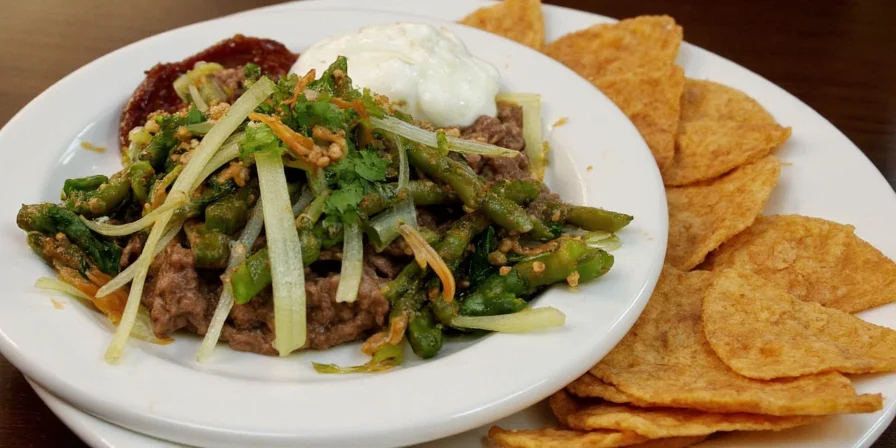
The Holy Trinity: Chilies of Oaxaca
No exploration of Oaxacan cuisine would be complete without delving into its beloved chilies. Three main chilies dominate the region’s spice palette:
- Pasilla Mixe: Known for its smoky depth and moderate heat, it's a staple in salsas and moles.
- Chilhuacle: Rare and prized, these golden-orange chilies pack serious heat and are traditionally used in mole amarillo.
- Costeño Amarillo: Bright yellow and punchy, these are perfect for oil infusions and quick salsas.
| Chili | Heat Level (Scoville Units) | Flavor Notes | Common Use |
|---|---|---|---|
| Pasilla Mixe | 1,000–2,000 | Smoky, raisin-like | Salsas, moles |
| Chilhuacle | 30,000–50,000 | Earthy, floral | Mole amarillo |
| Costeño Amarillo | 5,000–15,000 | Fruity, tangy | Oil infusions, salsas |
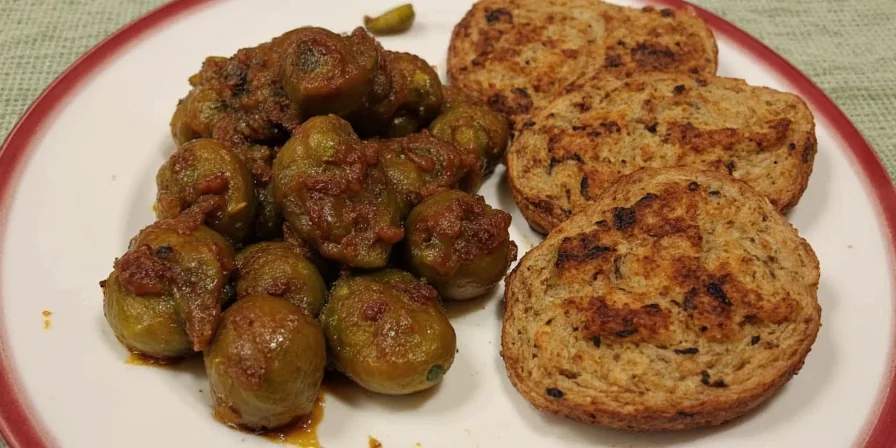
Mole: The Symphony of Spices
Oaxaca is famously dubbed the “Land of the Seven Moles.” Each variation reflects the region’s deep respect for spice blending and slow-cooked complexity. Unlike many other regional moles, Oaxacan versions tend to be more rustic, yet no less sophisticated.
Let’s break down the top three Oaxacan moles:
- Mole Negro: The king of moles. Rich, dark, and complex, it combines dried chilies, burnt tortillas, unsweetened chocolate, and spices like cinnamon and clove.
- Mole Verde: Fresh and herby, made with green tomatoes, tomatillos, and a variety of herbs like cilantro and pepicha.
- Mole Amarillo: Bright and peppery, built around chilhuacle chilies and enhanced with garlic and masa.
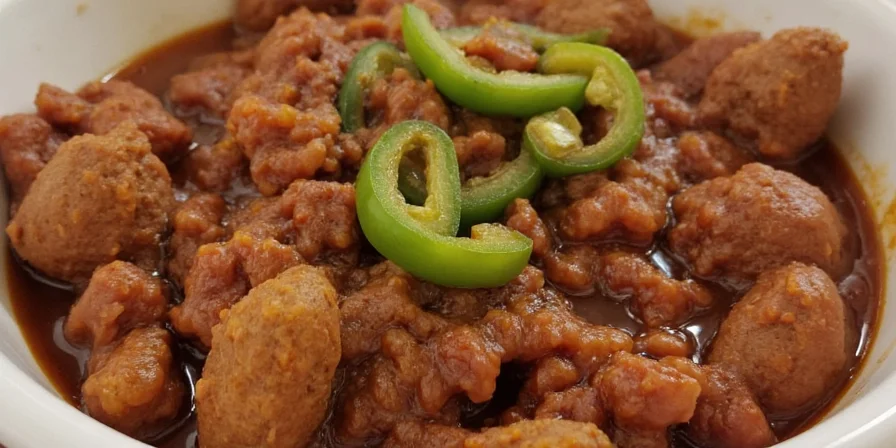
Oaxacan Cooking Techniques That Bring Out the Best in Spices
It’s not just about the spices themselves — it’s how they’re handled. Oaxacan cooks have mastered several traditional methods that elevate their spice game:
- Toasting: Dried chilies, seeds, and spices are toasted before grinding to enhance aroma and depth.
- Grinding on Metate: Stone-ground pastes create a different texture and mouthfeel than machine-ground blends, preserving subtle nuances.
- Slow Simmering: Moles and stews are often cooked low and slow, allowing flavors to marry beautifully.
- Comal Roasting: Vegetables and chilies are roasted directly on clay comals for smoky char.
- Marinating: Meats are marinated in chili-based pastes overnight to deeply infuse flavor.
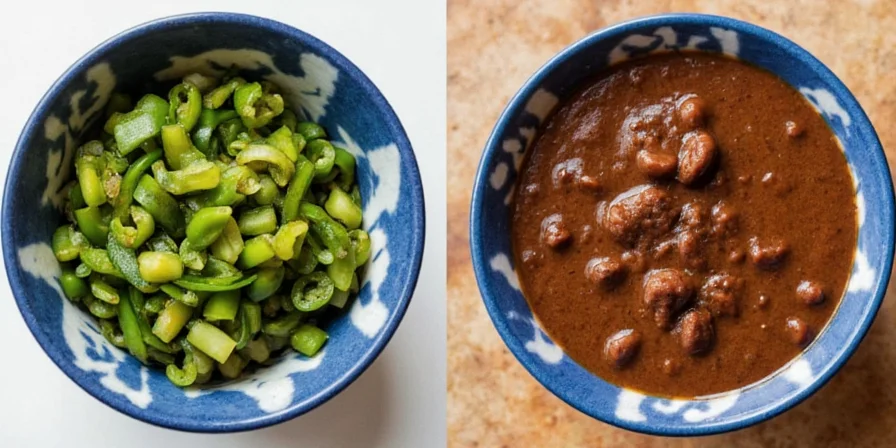
Spice-Infused Sips: Oaxacan Drinks with a Kick
Oaxaca doesn’t stop at food when it comes to spice. Beverages in the region often carry subtle (or not-so-subtle) heat. Here are some local favorites:
- Tejate: A traditional pre-Hispanic drink made from maize, cacao, mamey seed, and flor de Jamaica. Sometimes spiked with a pinch of chili powder for kick.
- Mezcal with Sal de Gusano: A smoky spirit dusted with salt mixed with powdered chili and larvae. Yes, you read that right — chili-laced worm salt!
- Champurrado con Chile: A thick, spiced chocolate atole (warm beverage) with a hint of cinnamon and chili.
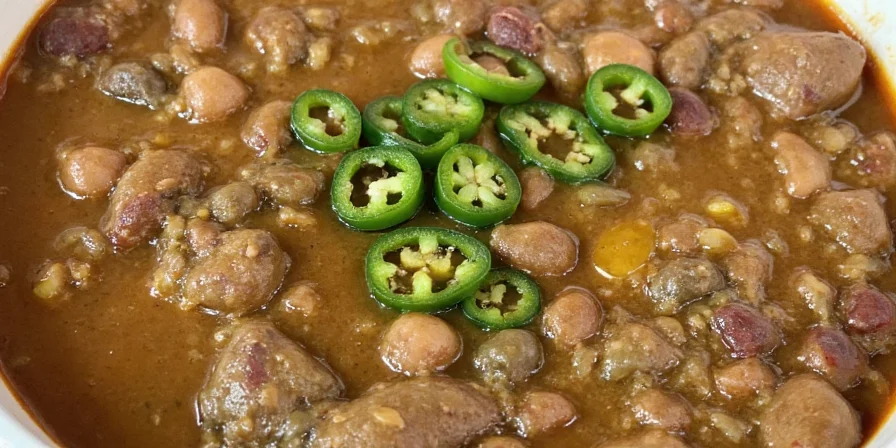
Pro Tips: Bringing Oaxacan Flavor Into Your Kitchen
You don’t need to fly to Oaxaca to enjoy its amazing flavors. Here are five practical tips to bring that Oaxacan magic home:
- Toast Your Chilies: Don’t skip this step! Toasting adds depth and smokiness to any dish.
- Use Real Chocolate: Opt for unsweetened Mexican chocolate or raw cacao nibs in your moles for authenticity.
- Try Hoja Santa: If you can find fresh hoja santa leaves, use them as wrappers or chop them finely into sauces.
- Make Your Own Spice Blends: Combine ground cumin, anise seeds, and cloves for a homemade Oaxacan spice mix.
- Experiment with Epazote: Add a few sprigs to your black bean soup or lentil stew for a bold twist.
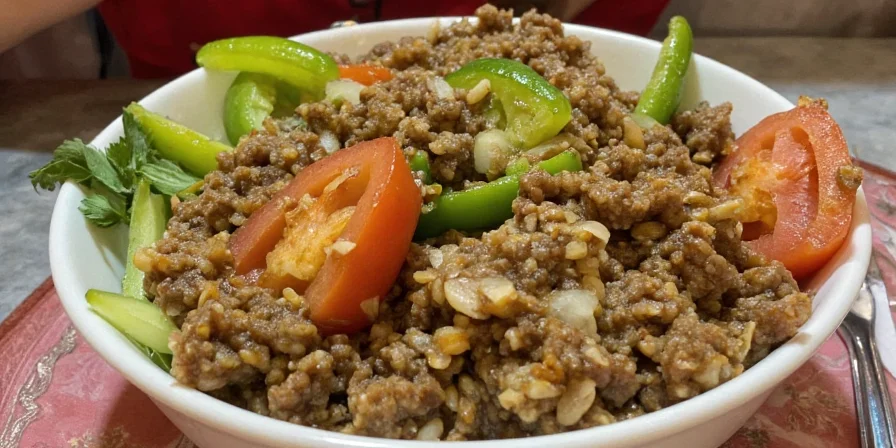
Conclusion
Oaxaca isn’t just a region — it’s a flavor explosion waiting to happen. With its rich spice heritage, diverse chilies, and centuries-old cooking techniques, it offers endless inspiration for anyone passionate about food and spices. Whether you're mastering mole or simply spicing up your next taco night, Oaxaca proves that great flavor starts with a little heat, a lot of soul, and a touch of tradition.
So next time you reach for that bottle of chili powder or dream of traveling south of the border, remember: the heart of Mexico’s spice culture beats loudest in Oaxaca. ¡Buen provecho!

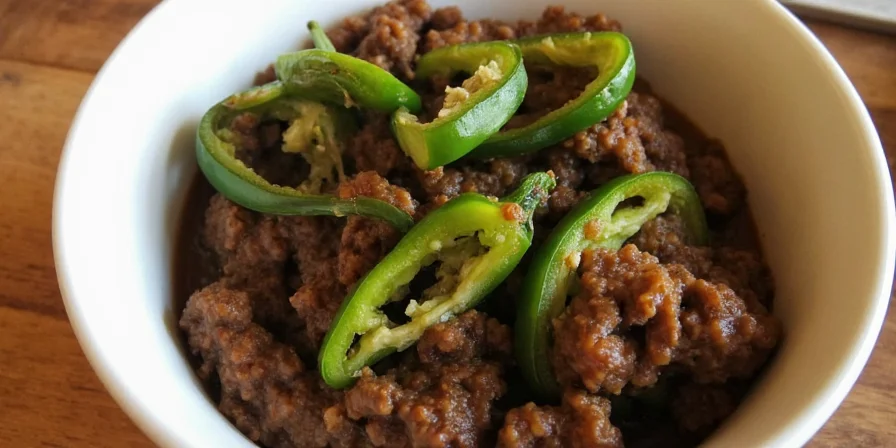









 浙公网安备
33010002000092号
浙公网安备
33010002000092号 浙B2-20120091-4
浙B2-20120091-4